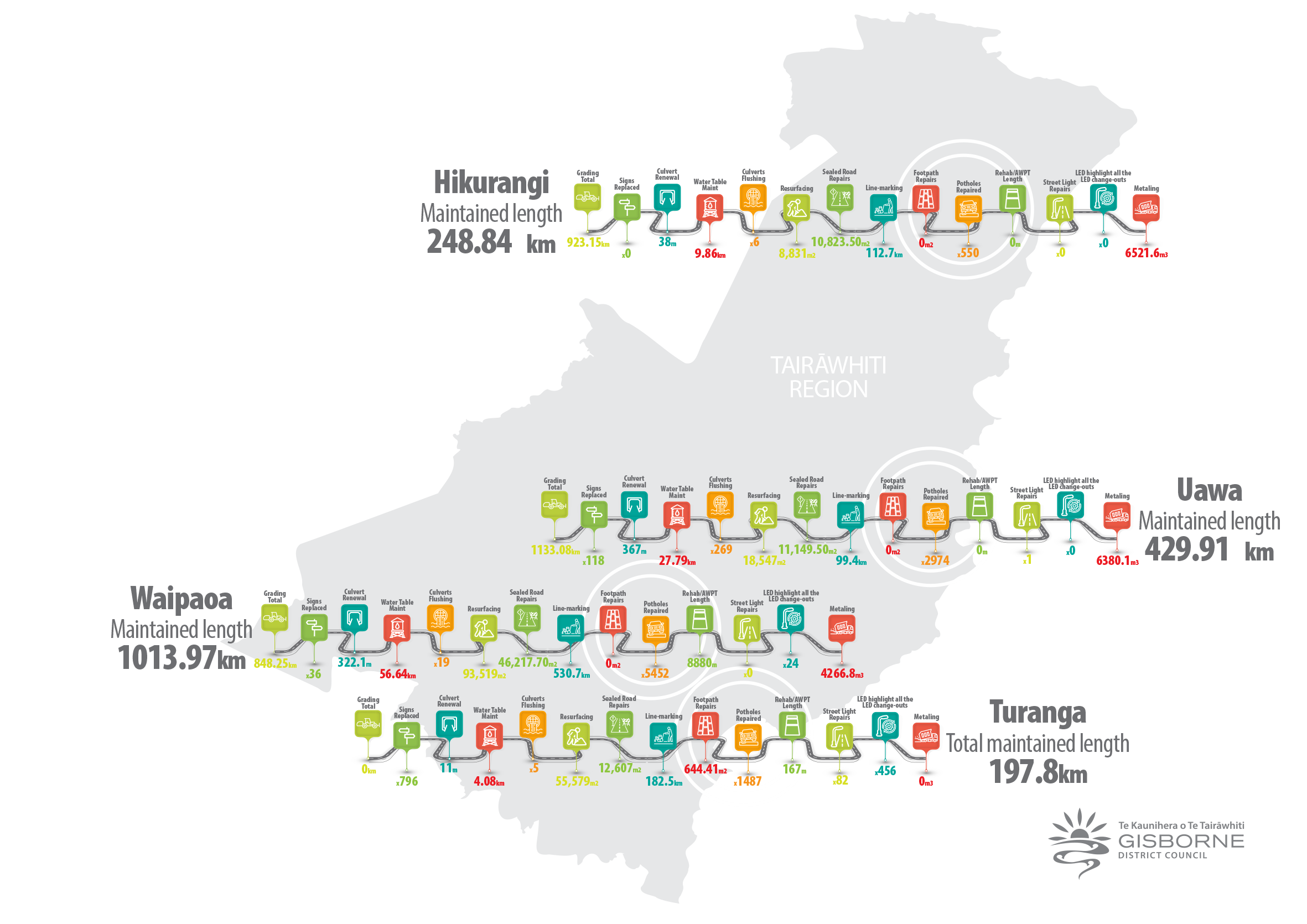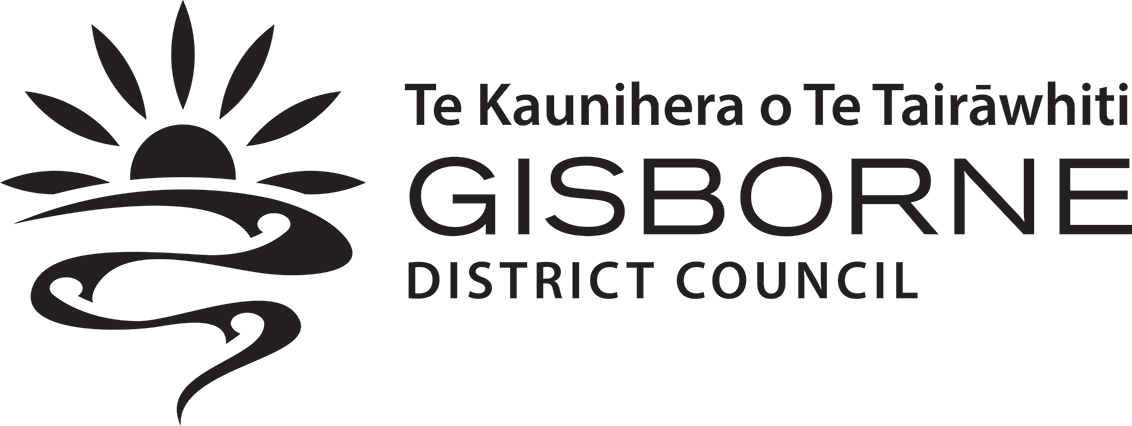25 August 2025
Gisborne District Council has approved a new 30-year Programme Business Case to improve resilience of the region’s local roads, recognising the hard reality that we can’t afford all the roading maintenance work communities would ideally like.
The business case, developed following community engagement and external peer review, sets out a framework for how the funding received from NZTA and Council rates can be used more effectively where it’s needed most.
“We know how tough the last few years have been for our communities,” said Mayor Rehette Stoltz.
“People are tired of potholes, slips, damaged bridges and challenging journeys. We hear that loud and clear. But the reality is that roads are deteriorating faster than we can fix them, and unbudgeted emergency repairs alone cost us $65 million last year. This business case helps us make fairer, smarter decisions for the future.”
Tairāwhiti’s road network is large, vulnerable to weather events, and expensive to maintain compared to other regions. With only 24 people per kilometre of road—compared to 40 in Hawke’s Bay—there are not enough ratepayers to maintain all 1,899km of local roads at a level everyone wants.
At the same time, nine major storms in two years have made already-stretched budgets unsustainable. In some rural areas, roads are deteriorating despite record spending.
Council’s Director of Lifelines, Tim Barry says it’s about being honest about what we can afford and focusing on what’s most important.
- Keeping key roads open for access to schools, jobs, hospitals and marae.
- Strengthening urban and high-use rural roads to better withstand slips and floods.
- Reducing reliance on reactive, expensive emergency repairs.
- Engaging closely with hapū and community groups before any changes are made to service levels.
“We aren’t walking away from rural roads, but we do need to prioritise where we invest, and that means tough trade-offs. This business case helps ensure we’re putting the money where it has the greatest impact—for the greatest number of people.”
Mr Barry says what this means for the community is not every road will be maintained the same way.
“Some low-use sealed roads may revert to gravel. Others may take longer to reopen after a storm or could be closed during bad weather.
“We’ll focus more on prevention than reaction. That means more investment in drainage, culverts and bridges—especially in areas where roads are needed most.”
Council will work with mana whenua, industry and communities to guide how service levels are set—especially for roads of cultural, social or economic importance.
“This isn’t an overnight fix. But it’s we now have a plan that puts us on a path to a stronger, more resilient transport network—one that’s more affordable, and more future-ready,” says Mr Barry.
The final business case will be submitted to Waka Kotahi NZ Transport Agency and used to guide future investment decisions in the Long Term Plan and Regional Land Transport Plan. Council has also committed to further community engagement before any major service changes are made.
“We’re not asking communities to accept less,” said Mayor Stoltz. “We’re asking them to help us decide where we should focus more.”
Quick facts
- Tairāwhiti would need 15,000 more ratepayers to keep all 1,899 km of the roading network in good shape.
- Nearly half of our roads carry only 6% of total traffic. The majority (78%) of roading investment goes into rural / small township areas outside of Gisborne city:
- Turanga (city): $14.7m (22%).
- Waipaoa (west): $25.2m (38%).
- Uawa (north): $16.5m (25%).
- Hikurangi (upper north): $9.8m (15%)
- Council’s annual roading operational and capital in 2016 was $34m increasing to $95m post cyclone. That’s not normal—or affordable.
- Last year on average Council spent $40k per km in maintenance compared to other areas like Marlborough $32k per km and Coromandel $28k per km.
- More money than ever before is being spent but roads are getting worse, not better.
Infographic - 2024/2025 Annual maintenance programme by contract area

